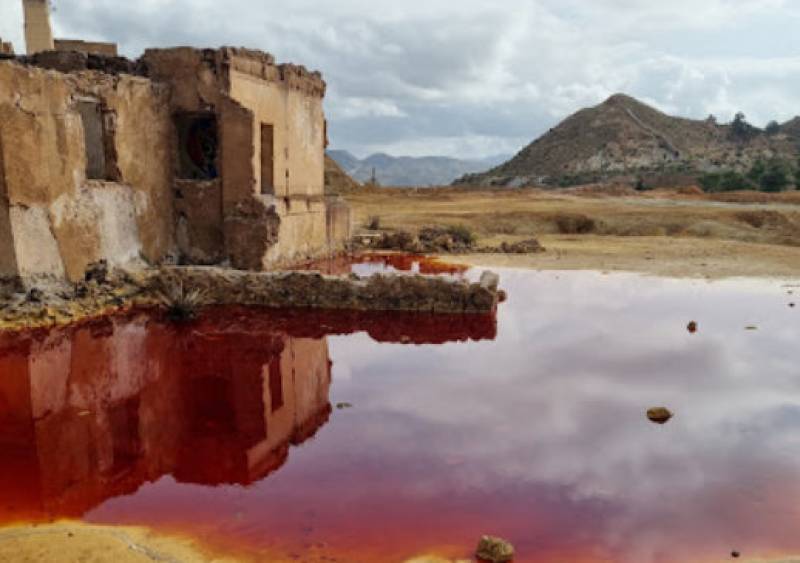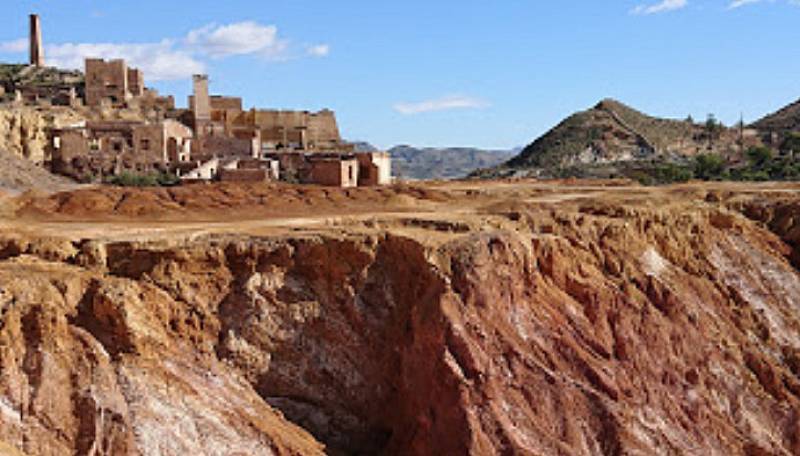Mazarron to host course on the tourism potential of geological and mining heritage
The mines of Mazarrón are currently abandoned but could form part of the local tourist trade
 A three-day course is being held in Mazarrón during July by the University of Murcia as part its “Universidad del Mar” summer program, the focus being on how geological and mining heritage can be turned into an important branch of tourism activity.
A three-day course is being held in Mazarrón during July by the University of Murcia as part its “Universidad del Mar” summer program, the focus being on how geological and mining heritage can be turned into an important branch of tourism activity.
Mazarrón, of course, has been defined by its mineral resources and mining activity for thousands of years. Just to the north of the town is the eerie landscape of the abandoned mines which were first created by the Romans around 2,000 years ago and which reached the peak of their activity in the 19th and early 20th centuries, leaving behind a series of abandoned structures and buildings and an almost surreal area of brightly coloured rocks and pools of water.
 Mineral deposits in the area were created millions of years ago by the eruption of two volcanoes, and as soon as the Romans arrived in what is now Spain the mining industry made Mazarrón a centre of activity and wealth. They created more than 200 mines around Mazarrón in their search for iron, lead, silver, copper and alum, the main areas of activity eventually becoming alum, which was used for fixing colours in the tanning process and in glass making.
Mineral deposits in the area were created millions of years ago by the eruption of two volcanoes, and as soon as the Romans arrived in what is now Spain the mining industry made Mazarrón a centre of activity and wealth. They created more than 200 mines around Mazarrón in their search for iron, lead, silver, copper and alum, the main areas of activity eventually becoming alum, which was used for fixing colours in the tanning process and in glass making.
Most of the mines which are still visible are in the Sierra de San Cristobal and around them are the remains of chimneys, buildings and turrets, some of which were in use as recently as the 1950s following the beginning of a new “Golden Age” in 1880 under the leadership of companies such as the French “Compañía de Águilas”.
 The sulphurs present in the extracted minerals and the waste of mining account for the spectacular colours of the landscape, and there is also an important vein of red ochre: at one time this was the only source of this particular mineral in Spain.
The sulphurs present in the extracted minerals and the waste of mining account for the spectacular colours of the landscape, and there is also an important vein of red ochre: at one time this was the only source of this particular mineral in Spain.
The Universidad del Mar course is taking place over three days from July 17 to 19, and registration is priced at 85 euros for those who are not members of the University of Murcia or the UPCT in Cartagena. Click here for details of the course and to register (it is held entirely in Spanish, of course).
For more local news, events and visiting information go to the home page of Mazarrón Today.
























